Why Visit London
London is one of the world’s most famous cities. It’s a centre for everything from fashion to finance, politics to pop music, and monarchy to media – and it’s been at the heart of English history for thousands of years.
It’s a fast-paced, high-tech city that’s always looking to the future, but it’s the mix of old and new that gives London much of its charm. Skyscrapers soar above medieval churches, black cabs pass by castles and mounted soldiers trot down major roads.
We look after 14 places and over 900 blue plaques in London, and each one is part of the fabric of the city’s past. In this guide, we’ll focus on our favourites and give you plenty of tips and pointers to help make the most of your trip, whether you’re visiting on holiday or you’ve lived here all your life.
If you’re planning on visiting a few of our places, you can save money if you join us as a Member, or, if you’re not from the UK, by buying an Overseas Visitors’ Pass.
Things to do in London
Day 1: Central London
APSLEY HOUSE, WELLINGTON ARCH AND JEWEL TOWER
At the corner of Hyde Park stands a collection of monuments to a remarkable man. The Duke of Wellington (who defeated Napoleon at the Battle of Waterloo in 1815) moved into Apsley House in 1817, filling it with his collection of art, silverware and memorabilia. Today it's one of the few remaining great houses in central London, and the last in which its aristocratic family still lives.
Across the road is Wellington Arch, It's one of London's best-known landmarks, and there are fantastic views of Hyde Park and Constitution Hill from the balconies. The mounted soldiers of the Household Cavalry pass under the arch on their way to Horseguard's Parade for the Changing The Queen's Life Guard ceremony at around 10.30 Monday-Saturday and 9.30 on Sundays. Inside the arch there's an exhibition telling the story of the Battle of Waterloo.
Near to the Houses of Parliament, the Jewel Tower is a rare survival of medieval London. Originally built to house the royal treasure of Edward III, it later became the official test centre for weights and measures across the British Empire - making it the birthplace of the pint.
There are also three free places to visit that are looked after by English Heritage in the centre of London - Chapter House and Pyx Chamber in Westminster Abbey, the remains of Winchester Palace, and the best preserved remains of the Roman London Wall.
Day 2: North London
KENWOOD AND HAMPSTEAD HEATH
White-painted and peaceful, Kenwood sits at the top of Hampstead Heath in 112 acres of parkland and gardens. The house is free to enter and is home to another treasure trove, the Iveagh Bequest art collection - which includes a famous self-portrait by Rembrandt. The artworks are on display in rooms designed by Robert Adam, which have recently been restored to their original designs. Friendly volunteers are on hand to tell the story of the house and the people who lived here. Its most famous former resident was Dido Belle - the subject of the 2013 film, Belle.
Outside, the grounds are perfect for walks and picnics with views of the London skyline. Alternatively, there are two cafes in Kenwood's Service Wing: the Brewhouse and the Steward's Room.
Hampstead has been fashionable for centuries, and retains a village feel with cobbled streets, narrow lanes, and some spectacular private mansions. The Freud Museum is located here, and two contrasting houses looked after by the National Trust.
The Heath is well worth exploring, too - walk through the romantic Hampstead Pergola and Hill Gardens, or in warmer weather, cool off in one of the three swimming ponds. Across the Heath, Highgate's Victorian cemetery offers a remarkable insight into how 19th century Brits coped with and commemorated death.
Day 3: Greenwich and South East London
RANGERS' HOUSE AND ELTHAM PALACE
Historic Greenwich is home to Rangers' House, a real treasure trove of art and jewellery. Just a short walk away from the famous Observatory and the Greenwich Meridian, this Georgian villa is renowned for its extraordinary collection of medieval and Renaissance art, put together by one man, 19th century diamond magnate Julius Werner. You can see it on a guided tour, at 11:00 or 14:00, on Mondays, Tuesdays, Wednesdays and Sundays.
A few miles east of Greenwich is Eltham Palace, a decadent monument to art deco design and interwar high-society. Millionaires Stephen and Virginia Courtauld built a lavish, cutting-edge home around the remains of the medieval palace in the 1930s. There's a multimedia guide, costumes and volunteers on hand to take you back to the glamour and glitz of a thirties country house party.
Highlights include the breathtaking golden bathroom, the basement that became a wartime bunker and the delightful gardens in and around the moat.
There's a new playground inspired by the Courtaulds' adventures around the world, and a café in the greenhouse.
Just inside the M25 (and therefore just scraping into this guide) is Down House, the home of Charles Darwin. Recreated rooms and an award-winning exhibition tell the story of the man and his work, and you can stroll through the gardens that helped him to come up with his theories. Sir David Attenborough narrates the interactive multimedia tour.
Day 4: West London
CHISWICK HOUSE AND MARBLE HILL
English Heritage looks after two 18th century houses in leafy west London.
The first, Chiswick House, is somewhat misleadingly named - it was designed to be more of a Roman-style temple to the arts than an actual house. Its architect and owner, Lord Burlington, filled the house with his collections and used it to host intimate salons for the cultural elite of the day.
The house is surrounded by beautiful gardens littered with sculptures, water features, and neo-classical buildings. An audio tour is available from the website of the Chiswick House Garden Trust.
The CHGT also run a café in the grounds of the house, and host events throughout the year. The Royal Botanic Gardens at Kew are nearby, as are the National Archives.
Marble Hill is the final stop on our whirlwind tour. It was built for Henrietta Howard, Countess of Suffolk, a remarkable woman of letters, friend of some of England’s greatest writers, and the mistress of King George III. Georgian paintings and painstakingly recreated hand-drawn Chinese wallpaper adorn the rooms of the house, and Henrietta's remarkable story can be heard when the house opens from Saturday 21 May 2022.
The Palladian villa is set in 66 acres of parkland, and there is a café within the grounds. The park runs down to the Thames, and Ham House (National Trust) is just across the river. A ferry service runs between the two from March to October, and if you fancy making a splash yourself, the ferry company also rents rowing boats.
Where to eat and drink
London is one of the best places to eat in the world, and there's something to suit every budget, from Michelin starred restaurants to street food.
Apsley House and Wellington Arch are a short walk or tube ride away from the epicentre of trend-setting cooking that is Soho, and there are many high-end options in Mayfair.
If you're visiting Kenwood, there are two options in the mansion's service wing. The Brew House Café serves up breakfast, lunch and tea, and the menu changes daily. The Steward's Room offers a takeaway soups, salads, sandwiches and drinks. Hampstead and Highgate also have plenty of options.
In the south east, Eltham Palace's café is great for lunch and afternoon tea. If you're visiting Rangers' House, there are many places to eat and drink nearby in the centre of Greenwich.
In the west, there are cafés at Chiswick and Marble Hill, and both are open all year round. Richmond, Hammersmith or Putney are all nearby.
Getting Around
Once you get your head around the tube map, London is incredibly easy to navigate using public transport, although stations do get a little more spread out as you leave Zone 1. For the best value on public transport, we'd suggest buying a visitor's Oyster card, which can be ordered in advance of your trip from the Transport For London (TfL) website. Note that cash is not accepted on London buses. There are also plenty of cabs and minicabs in the city.
Here are the nearest stations to each of the English Heritage places mentioned in this guide - although it's always a good idea to plan your journey on the TfL website and check for disruptions to services.
- Apsley House & Wellington Arch - Hyde Park Corner on the Piccadilly Line is a two minute walk away
- Jewel Tower - Westminster station is a five minute walk from the tower. It is served by the Central, District and Jubilee Lines.
- Kenwood - Hampstead Station is 30 minutes away by foot, or 15 minutes on the 603 bus. Highgate is a 25 minute walk, and Archway is about 30 minutes on foot or 20 on the 210 bus. All are on the Northern Line.
- Rangers' House - Greenwich Station is about 20 minutes' walk from the house. It is on the National Rail network and on the DLR.
- Eltham Palace - Mottingham Station is a 15 minute walk away. It's on the National Rail network.
- Chiswick House - Chiswick Station is about 10 minutes from the house and gardens on foot. It's on the National Rail network.
- Marble Hill - St Margarets Station is just over a 10 minute walk away. It's on the National Rail network.
Extend Your Stay
English Heritage Members can receive discounted entry at our Associated Attractions across the capital. Login to the Members' Area to see the full list of London Associated Attractions.
Join as a member
Nearby Blue Plaques
English Heritage looks after over 900 blue plaques across London, commemorating everyone from Jimi Hendrix to George Orwell. There's a map of the plaques' locations on our Blue Plaques app, available on iOS and Android. You'll also find walking tours of plaques in Soho and Kensington, and you can read more about some of Soho's pioneering residents on our blog.
If you've made the trip to one of our properties, you might want to track down their neighbouring blue plaques.
-
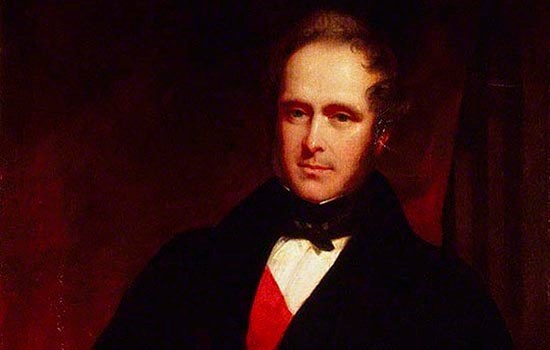
Apsley House and Wellington Arch
Close to Wellington Arch and Apsley House you’ll find plaques to Prime Minister Lord Palmerston, who lived at 94 Piccadilly, and another PM, Sir Henry Campbell-Bannerman, lived at 6 Grosvenor Place.
-
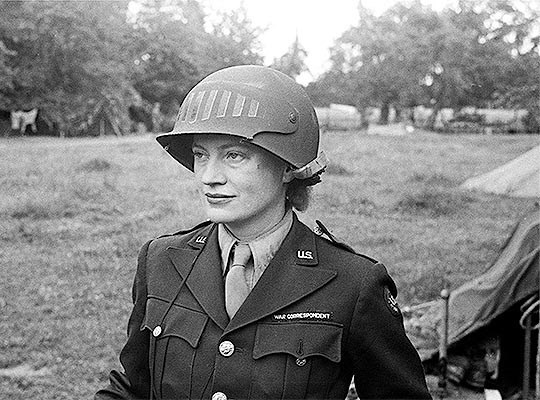
Hampstead
Hampstead was once home to DH Lawrence, Paul Robeson, Lee Miller and John Constable, among others.
-
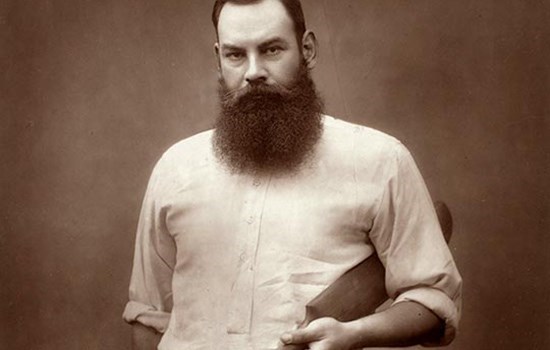
Eltham Place
Close to Eltham you’ll find plaques to the cricketer WG Grace, the nature writer Richard Jeffries and the politician Herbert Morrison.
-
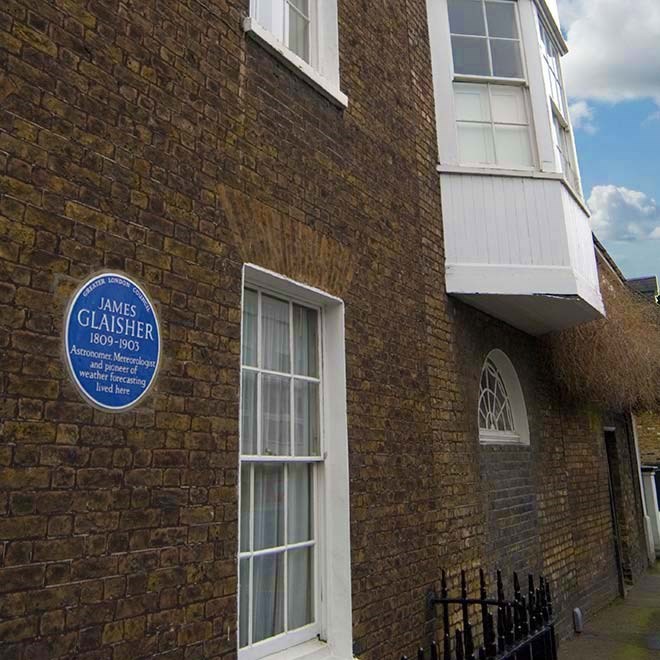
Rangers' House
This is the only English Heritage property with its own Blue Plaque, to Philip 4th Earl of Chesterfield. Nearby are plaques to the founder of the NSPCC Benjamin Waugh, and James Glaisher, a pioneer of weather forecasting.
-
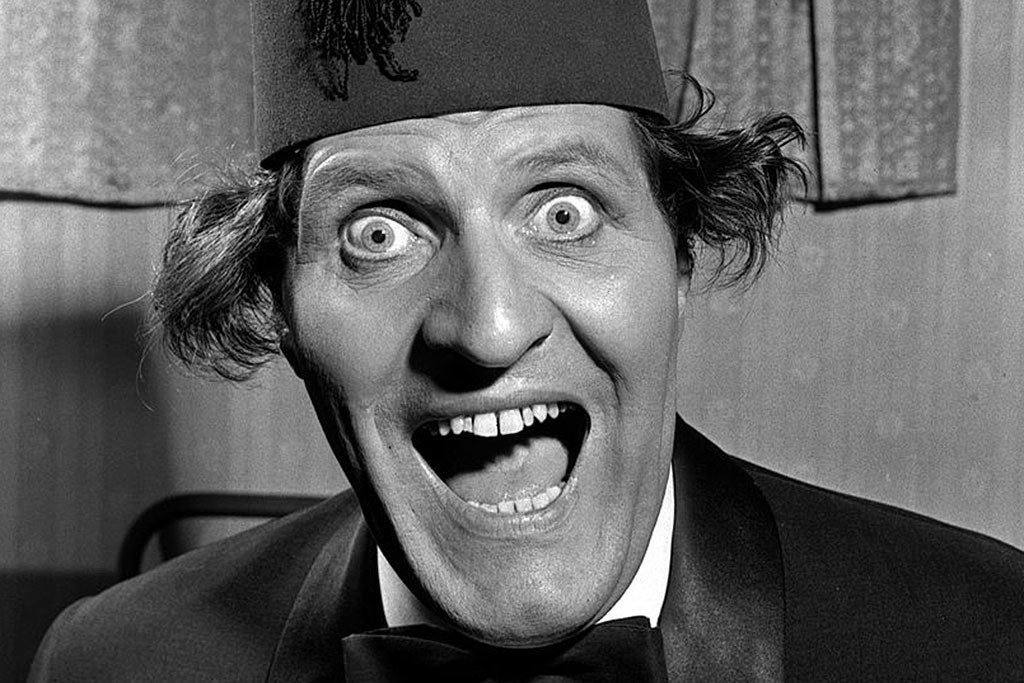
Chiswick House
Nearby there are plaques to the comedian Tommy Cooper, the poet Alexander Pope and the writers Patrick Hamilton and EM Forster.
-
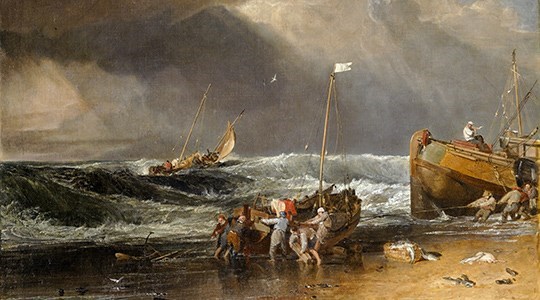
Marble Hill
JMW Turner’s plaque is nearby, and in Richmond Leonard and Virginia Woolf are commemorated.
More to Explore
-
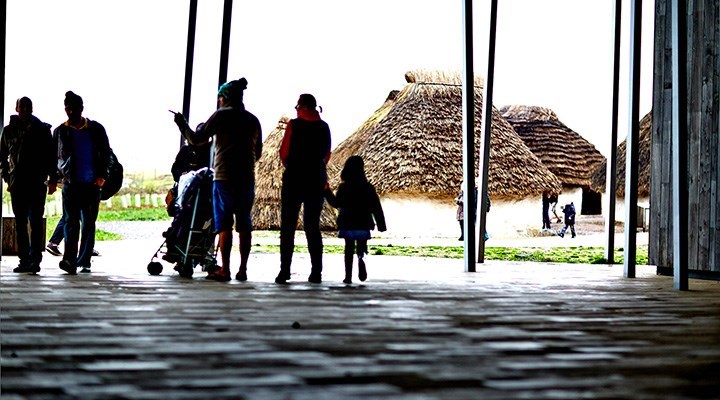
Members do More
Delve deeper into the past and enjoy unlimited access to over 400 historic places. Annual membership starts from £43.50.
-
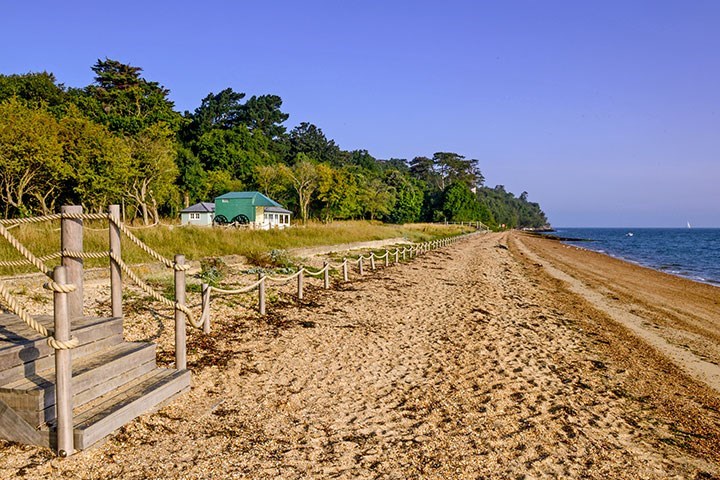
Holiday Cottages
Immerse yourself in England's colourful past by staying in one of our unique and historical properties - choose from cosy cottages, gatehouse towers, beachside retreats and more.
-
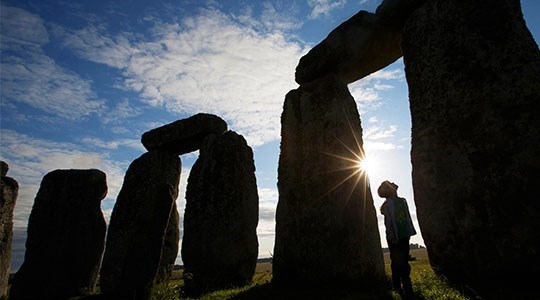
Overseas Visitor Pass
If you're visiting from aboard, choose between a 9 or 16 day pass and receive unlimited access to England's greatest historic attractions from just £30.
-
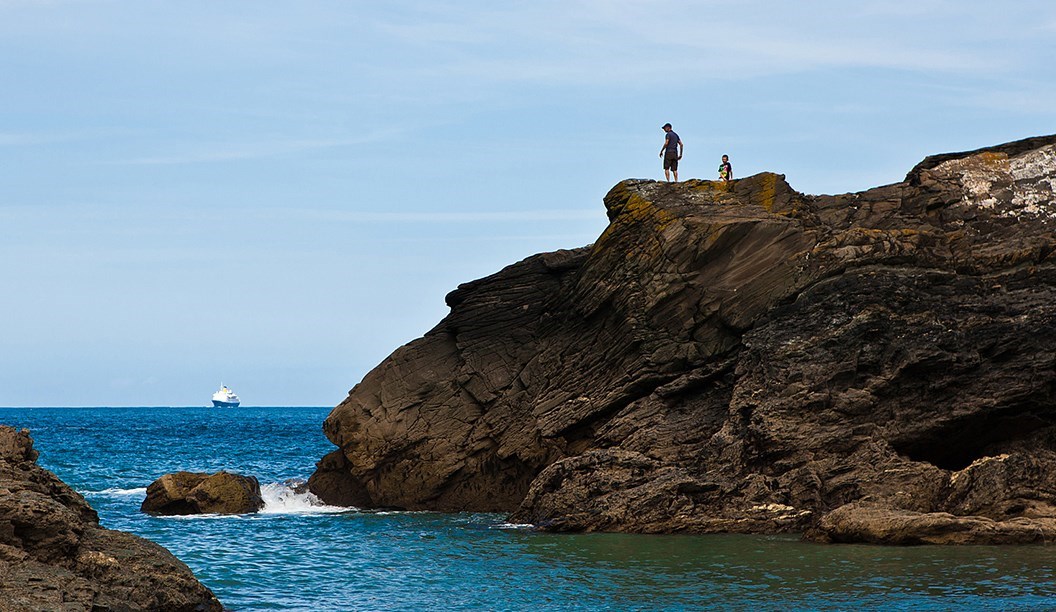
More Travel Guides
Discover more itinerary ideas for weekends away and short breaks in England with our Travel Guides.

